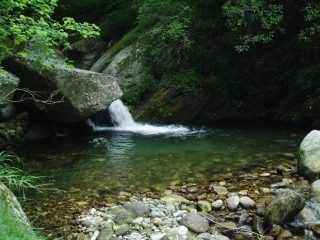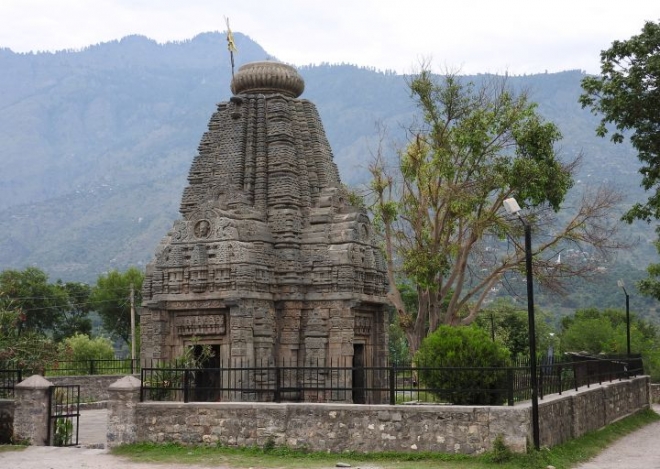Top Attractions in Kullu
Discover the must-visit places in Kullu
About Kullu
Kullu or Kulu is the capital town of the Kullu district in the Indian state of Himachal Pradesh. It is located on the banks of the Beas River in the Kullu Valley about 10 kilometres (6.2 mi) north of the airport at Bhuntar.
Kullu Valley is a broad open valley formed by the Beas River between Manali and Largi. This valley is known for its temples and its hills covered with pine and deodar forest and sprawling apple orchards. The course of the Beas river presents a succession of magnificent, clad with forests of deodar, towering above trees of pine on the lower rocky ridges. Kullu valley is sandwiched between the Pir Panjal, Lower Himalayan and Great Himalayan Ranges.
Historical references about the Kullu valley dates back to ancient Hindu literary works of Ramayana, Mahabharata and the Puranas. During the Vedic period, several small republics known as "Janapada" existed which were later conquered by the Nanda Empire, Mauryan Empire, Gupta Empire, Pala Dynasty and Karko?a Empire. After a brief period of supremacy by King Harshavardhana, the region was once again divided into several local powers headed by chieftains, including some Rajput principalities, these principalities were later conquered by Maratha Empire and Sikh Empire.
The name Kullu derives from the word "Kulant Peeth", meaning "end of the habitable world". As per legends, during the Great Flood, Manu visited this valley but was unable to cross the Rohtang pass. He named the last settlement he found as Kulant Peeth and chose to settle and meditate in what has now become the town of Manali (Manu's Place). The name further devolved into "Kulut", as the kingdom was known for a long time; before finally being known by the current name of Kullu or Kulu.
Top Trending Attractions in Kullu

Basheshwar Mahadev Temple
This magnificent temple is located approximately 15 kilometers away from Kullu on the banks of the R...

The Great Himalayan National Parks
The Great Himalayan National Park (GHNP), is one of India's national parks, is located in Kullu regi...
How to Reach Kullu
Map of Kullu
Frequently Asked Questions
What is the best time to visit Kullu?
The best time to visit depends on weather and local events.
What are the must-visit attractions in Kullu?
Explore the top attractions listed in the Attractions section.
How can I get around Kullu?
Public transport, taxis, and walking are common options.
Quick Facts
Kullu
Population :18536
Languages :Hindi
Pincode :175101
Altitude :1279 Meter
STD Code :01902
Travel Insight

Vrindavan Chandrodaya Mandir Vrindavan Chandrodaya Mandir is an ...

On 13 Feb 2016, I went Lucknow to attend my cousin's reception party. ...
Top travel News
Essential India
Your trip to India is incomplete if you have not...- Danced to a punjabi number
- Tasted the spicy street food
- Picked up a local Rajasthani dress and jutti (footwear)
- Tried an ayurvedic full-body massage
- Watched a classical dance performance
- Taken a train













